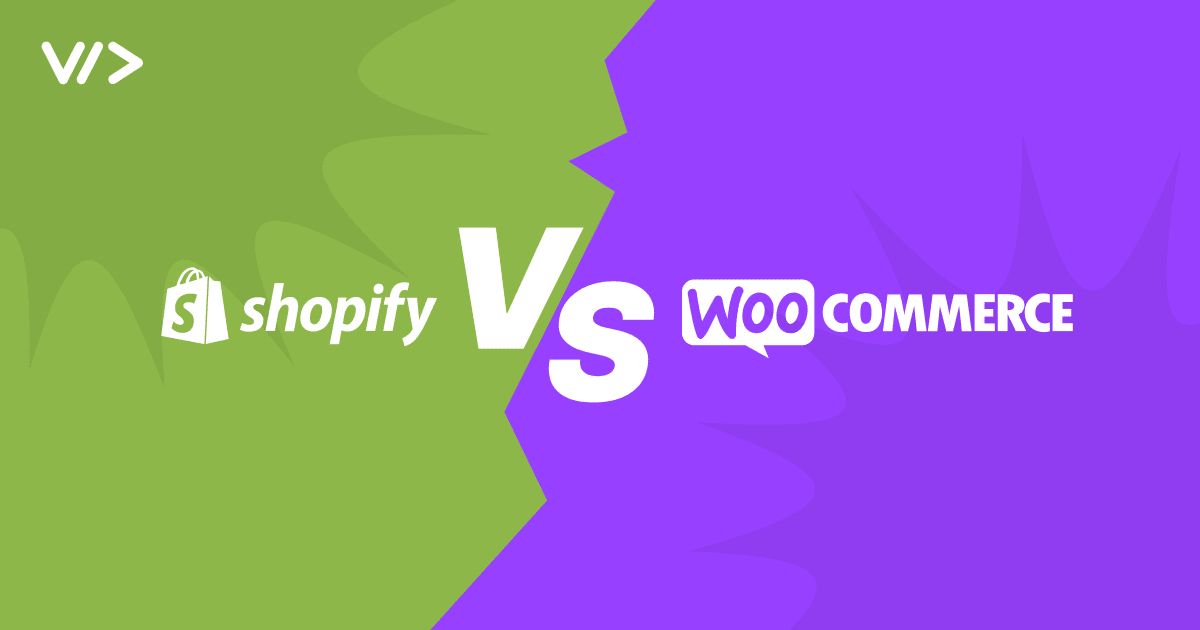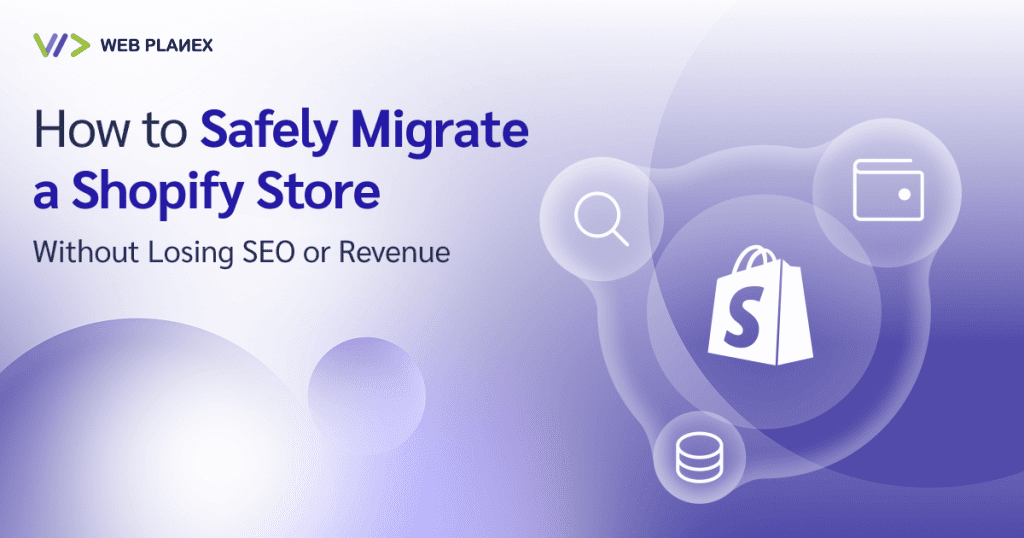
Introduction
Selecting the right eCommerce platform is one of the critical components of your online business’s performance. The choice of a platform influences these key aspects:
- How easy is it to develop your online store with the selected platform?
- Does the platform provide access to the necessary functions, such as product storage, inventory control, payment system, etc.?
- Is it possible to customize the design of the store to your liking and the preference of your target audience?
- How costly is the platform and are there any additional associated fees?
- Will I be able to increase my product range and customer base in the future with the platform I have selected?
This article will provide a comprehensive comparison of two popular eCommerce platforms: Shopify and WooCommerce. We will compare them in depth and help you determine which solution suits your specific needs best.
Ease of Use and Setup
Shopify:
A fully hosted solution that does not require separate web hosting or software installation. It boasts a user-friendly interface and a drag-and-drop website builder, which simplifies store establishment and management for beginners.
The quick shopify setup service allows you to start your store quickly. However, Shopify does not offer enough customization options for someone with no coding experience in languages such as HTML and CSS .
WooCommerce:
A self-hosted plugin for WordPress necessitates a hosting provider, domain name, registration, and the installation of WordPress itself. As a self-hosted plugin, it is common that it has a steeper learning curve. This is because starting and managing a WooCommerce store requires much more technical knowledge than Shopify. It offers more customization options in design and functionality.
Features and Functionality
Shopify:
Shopify has a comprehensive set of out-of-the-box built-in features, including product management, inventory tracking, order processing, and built-in marketing tools.
Its app store has over 6,000 integrations and add-ons available for functions such as abandoned cart recovery, gift cards, and multi-channel selling.
However, its blogging capabilities are very limited compared to the content management robustness of WordPress.
WooCommerce:
As WooCommerce integrates with WordPress, you can use the broad ecosystem of WordPress plugins to extend your site’s functionality, reaching even further than the Shopify app store.
WooCommerce enables you to completely customize product pages, the checkout process, and numerous other elements of your store. This integration is particularly suitable for businesses that run extensive content marketing work and a blog while managing an eCommerce store.
Design and Customization
Shopify:
Shopify offers dozens of free and paid themes that can be adjusted to complement your brand’s aesthetics. It also has a theme editor and enables sections of shopify themes that may be customized. For advanced design changes, a professional developer with coding knowledge is needed.
WooCommerce:
WooCommerce has access to thousands of free and premium WordPress themes, which provides more design options compared to Shopify. It is built on open-source technology and may be extensively modified using HTML, CSS, and PHP.
This platform allows developers to design a unique and personalized storefront. However, expertise is required for modifications on WooCommerce.
Pricing and Cost Considerations
Shopify:
Subscription fees will depend on your plan and storage capacity. For instance, Shopify offers three subscription plans, which range from $29 to $299, plus enterprise plan and accumulated subscription charges of $299 or more. Therefore, you won’t have to be concerned about the overall cost of developing web apps.
Transaction fees are charged on your preferred payment gateway, and you pay Shopify transaction fees typically between 2 to 3%, regardless of your plan subscription.
Running an online store incurs costs related to premium domains, themes, apps, and specific features. These expenses include acquiring necessary items from third-party developers to integrate additional functionality into your store.
WooCommerce:
WooCommerce offers essential e-commerce plugins at free of cost. Nevertheless, like with any online store, there are other associated expenses to running an online store:
- Web hosting – It is the cost of web services for data storage and online presence. Prices largely depend on the company and store requirements.
- Domain name – It is the cost of acquiring a web address, which will be the unique identifier for your online store. This will allow you to claim ownership and establish your store’s online presence.
- Premium extensions – there is a vast and developing ecosystem of free plugins for the platform. However, some features may require premium extensions that often come with a one-time or recurring fee.
Thus, for disciplined, technically competent companies capable of running a business without support, WooCommerce can turn out cheaper in the long run. Although, it tends to depend on the logistics of purchases.
Scalability and Growth Potential
Shopify:
Designed for scalability, Shopify includes a solid infrastructure and hosting capabilities for a successful online store that grows with it. Shopify automatically maintains your software and applies security improvements to ensure that your store remains safe and up to date.
As your company develops and requires more specialized features, Shopify’s limitations on customization and integration may become apparent when compared to WooCommerce.
WooCommerce:
WooCommerce is highly scalable with the right hosting plan and server configuration. It is important to use a reliable hosting provider that can accommodate growing traffic and increasing data storage needs.
Because WooCommerce is open-source by nature, one can modify it in any way one wants to; the platform can be tailored to suit anything as it increases.
Support and Community
Shopify:
Shopify has a large library of documentation, tutorials, and video tutorials to help users build and maintain their stores. All plans have access to basic customer support, except the 24/7 phone option, which is limited to higher-tier plans.
Shopify also creates a large and active community through online forums and local meetups where users can interact, share their expertise, and seek support.
WooCommerce:
WooCommerce is built on the foundation of WordPress, which offers an extensive library of documentation and tutorials covering almost every aspect of establishing and operating an online business.
The WordPress user community is robust and generous, with many forums, groups, and blogs dedicated to supporting WooCommerce users and knowledge sharing.
Lastly, dozens of third-party vendors offer advanced help options for WooCommerce. Successful businesses around the world sell additional support that extends commonly available online tutorials to more hands-on help.
Conclusion
To sum up, the choice of Shopify or WooCommerce for the e-commerce application completely depends on your requirements and priorities. For novices who want an easy-to-use platform that can be set up quickly, operates with a simple system, and supports extensive assistance, Shopify is the best option.
On the other hand, WooCommerce is best for businesses with technical expertise, requires heavy customizations, integrations with content marketing, and long-term cost savings. Plan the best approach according to your requirements, current capabilities, and future needs to start your e-commerce business more cautiously.




